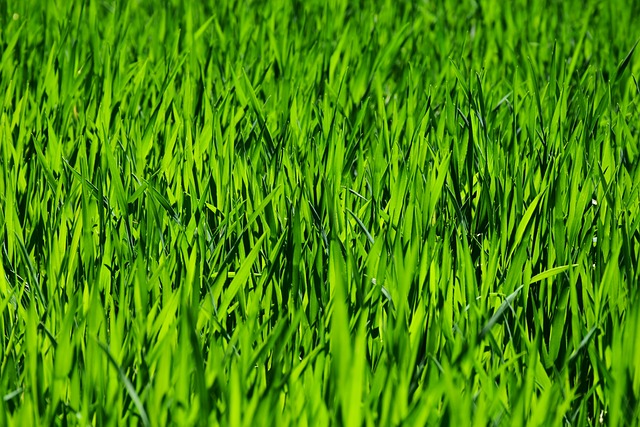Embark on a journey to transform your outdoor sanctuary into a verdant oasis with our comprehensive guide on Garden Maintenance and Beautification. This article delves into the art of effective lawn care and landscaping, offering actionable strategies tailored to enhance the health and allure of your garden year-round. From understanding soil types and grass varieties to integrating sustainable practices and choosing native plants, you’ll discover how to tailor your lawn care routine to local climate conditions and create a thriving ecosystem that supports both your landscape’s beauty and environmental health. Dive into the nuances of seasonal maintenance tasks, learn the ins and outs of organic lawn care, and explore the transformative impact of thoughtful landscaping design, including the strategic placement of outdoor lighting and hardscapes to elevate your home’s curb appeal. With Lawn Care and Landscaping as your guideposts, elevate your outdoor living experience and savor the beauty of your garden through all seasons.
Strategies for Effective Lawn Care: A Comprehensive Guide

Maintaining a lush, vibrant lawn requires a combination of consistent care and strategic planning. A well-maintained lawn adds significantly to the aesthetic appeal of your property and can serve as a tranquil oasis within your living space. To achieve this, it’s crucial to understand the specific needs of your grass type and local climate conditions. Regular mowing at the correct height, appropriate for the grass species, encourages healthy growth by preventing the grass from becoming too competitive and shading out its own roots. Aeration techniques, which involve mechanically creating holes in the soil, allow air, water, and nutrients to penetrate the soil more efficiently, supporting root growth and reducing soil compaction.
Fertilization is another cornerstone of effective lawn care, as it provides essential nutrients that promote vigorous growth and disease resistance. It’s important to choose the right type of fertilizer for your grass and apply it at the optimal times throughout the growing season. Additionally, managing thatch, which is a layer of dead grass and roots that can accumulate on the surface, is vital for preventing moisture retention and ensuring that nutrients and water reach the soil directly. Lastly, integrated pest management (IPM) practices should be employed to address any insect or disease issues in a way that minimizes the use of harsh chemicals, thereby maintaining the health of your lawn and the surrounding ecosystem. Implementing these strategies for effective lawn care will contribute to a beautiful and sustainable landscape that you can enjoy all year round. Landscaping complements these practices by enhancing the visual appeal and functionality of your outdoor spaces through thoughtful design and plant selection.
1. Assessing Your Lawn's Needs

A thriving lawn is a cornerstone of residential landscaping, requiring meticulous care to maintain its lush appearance and resilience. Homeowners looking to assess their lawn’s needs should begin by examining soil conditions, as healthy soil underpins a healthy lawn. Regular soil testing can reveal nutrient deficiencies or pH imbalances that affect grass growth, allowing for targeted adjustments. Additionally, the type of grass species present will dictate the specific care requirements; different varieties have distinct preferences regarding water, sunlight, and mowing schedules. A well-timed lawn care regimen that includes aeration, fertilization, and proper irrigation is essential to foster root growth and promote a dense, weed-resistant turf. Seasonal changes necessitate varying levels of attention, with more frequent care during growing seasons and conservation during dormancy. By understanding and responding to the unique characteristics of your lawn, you can enhance its beauty and health throughout the year, ensuring it serves as a welcoming and aesthetically pleasing component of your landscape design.
Engaging in regular lawn maintenance is not merely about visual appeal but also about cultivating an ecosystem that supports biodiversity. A well-maintained lawn acts as a filter for rainwater, reducing runoff and pollution, and provides a safe haven for beneficial insects and wildlife. To keep your lawn both beautiful and environmentally friendly, consider the integration of native plants and flowers into your landscaping design. These adaptable species require less maintenance and are better suited to local conditions, reducing the need for chemical interventions. By adopting an eco-conscious approach to lawn care and landscaping, homeowners can create a greener space that is both aesthetically pleasing and beneficial to the surrounding environment.
